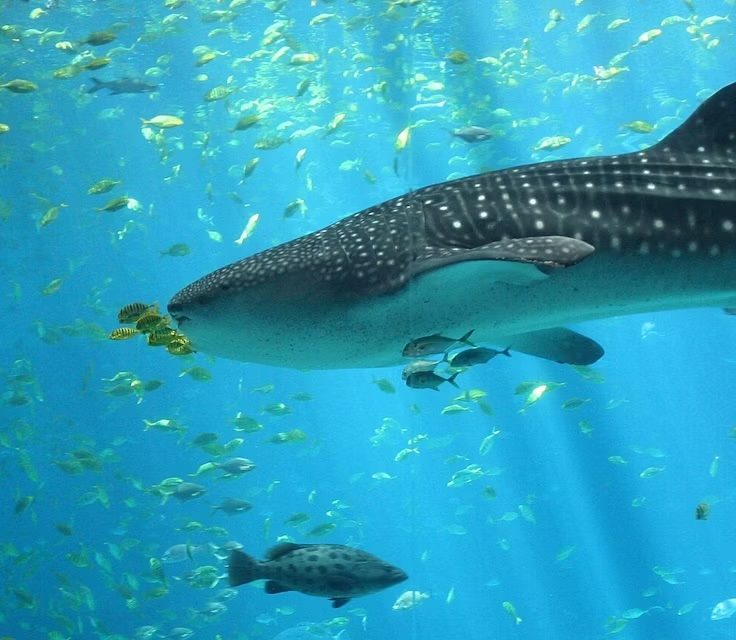
Invasive Big-Headed Ants Pose a Major Threat to a Kenyan Ecosystem
New research shines a light on the havoc that invasive species can wreak
A new paper published in Ecology Letters brings attention to a species of invasive ants that are wiping out the local population of ants and harming plant life in Kenya.
Research conducted by PATRICK MILLIGAN while a PhD student in the Department of Biology forms the basis of this study, with contributions from his coauthors in the College of Liberal Arts and Sciences, biology professors TODD PALMER and GRACE JOHN*.
The paper details how an invasive ant species, known as Pheidole megacephala or “big-headed ants,” attack native ants in Laikipia, Kenya, which eventually leads to a large decline in photosynthesis for a tree species, the whistling-thorn acacia (Acacia drepanolobium). These trees play a central ecological role in the ecosystem.

The invasive ants first came to Milligan’s attention while he was working at conservancies in the region for two summers as a research intern.
“I saw that big-headed ants were absolutely thrashing the native insect community in three different conservancies in Laikipia,” Milligan said. “I noticed that many of these whistling-thorn acacias had leaves that just looked drab, limp, or damaged, and it sparked the idea that this invasion was killing off enough influential insect species to possibly cause changes in the plants that those insects usually interact with.”
Like most invasive species, the ants spread due to human actions.
“As our trade and travel becomes more interconnected,” Milligan said, “everyday activities like constructing a few new buildings can accidentally bring new species of plants and animals to the area, even to a research station in the middle of a conservancy.”
Big-headed ant queens possess a talent for spreading to new areas in lumber and other construction materials, Milligan explained.

Fighting back against these invasive species can be very difficult — especially during a pandemic. Plans to test a bait that could eliminate the big-headed ant queens at the Ol Pejeta Conservancy in Laikipia had to be put on hold, but the project posed its own unique challenges. Milligan compared the bait to chemotherapy, explaining that the impact on native species needs to be minimal as they target the big-headed ant colonies.
While this paper points to a specific problem caused by invasive species in Kenya, Milligan stresses that these concerns are wide-reaching.
“Invasive species are not just a curiosity, but can substantially alter our environments and make them less productive and less able to support humans and other species,” Milligan said. “In Florida, we see invasive snakes in the Everglades that can kill native reptiles or invasive plants in Alachua parks that are choking out native plants, and that immediately seems like a problem because it can kill iconic species that we are fond of.”
Milligan calls the big-headed ants an “insidious threat,” as they are actively reducing photosynthesis in plants that are important to many plants and animals in the area.
“Every atom of carbon in our bodies is there, in a roundabout way, because plants pull that carbon out of the atmosphere with photosynthesis,” Milligan said. “When invasions affect a key plant species this drastically, it is concerning for every single other species that are connected to those plants.”
*Other researchers in this paper include Timothy Martin (UF School of Forest Resources & Conservation), Jacob Goheen (University of Wyoming), Corinna Riginos (The Nature Conservancy – Wyoming), and Scott Carpenter (Yale University).


